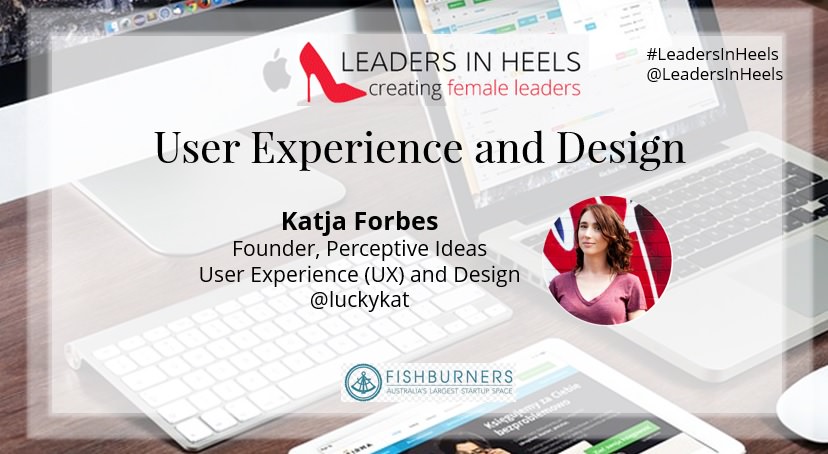The advent of social media has given every person with an account a voice. It has allowed the ordinary person to publicise any perceived discrimination. But like the metaphorical double-edged sword, social media can also be a weapon of mass destruction.
Just recently a café in a Brisbane bayside suburb made headlines after a request by a reporter to the small business owner to put on some lipstick or not be in the picture promoting her business. The business owner vented her displeasure on her business Facebook page, and then social media took it to the next level turning on the reporter and newspaper. This was just after another café posted ‘housekeeping rules’ about their expectations of child patrons on the NSW central coast.
And further up the Hunter Valley a burger restaurant mocked a vegan customer on Facebook and all hell broke loose (socially speaking).
Back in 1995, an episode of the classic TV sitcom Seinfeld addressed the quirks of a small business owner who specialised in soup. The small business owner had precise requirements for ordering and taking the soup.
Jerry: “The guy who runs the place is a little temperamental, especially about the ordering procedure.”
Elaine: “Why? What happens if you don’t order right?”
Jerry: “He yells and you don’t get your soup.”
When not followed correctly, the business owner would yell “No Soup For You!” and threw the customer out. Now imagine how that would have played out in today’s culture of social media shaming.
With most small business owners running their own social media accounts, this puts you in direct contact with your customers. Your business Facebook page allows you to develop and write messages for your customer base about situations or issues but you need to consider how these will be perceived by your customers, their contacts and even the media.
Social media users and the media outlets that picked up the stories above expressed different levels of outrage and sympathy – but what impact does this type of behaviour by business owners have on their business? The Hunter Valley burger restaurant received death threats when the business owner’s personal mobile phone number was posted on a page set up in response to the initial post.
When there is a great deal of publicity surrounding a business page like the examples above, social media users anywhere can post an opinion. Which often include negative reactions. How a business owner reacts to these opinions is important.
So what lessons can you take from their experiences?
1. Don’t post on your business page when angry
Very important! Engaging with backlash needs to be thoughtful so don’t provoke the social media beast. Take a deep breath. Have a glass of wine or hit the gym. Write your rant on a piece of paper then burn it! You are not sharing your problems with a small group of friends, you are essentially shouting into a global microphone. Having a post go viral for the wrong reasons can be a social media disaster, rather than a boon to business.
2. Don’t allow your business Facebook page to be hijacked.
You should calmly reiterate your message to focus on the issue. To emphasise the stance on child patrons, the business owner pointed out to casual readers that her business was based in a commercial/industrial area and not a mall, with business hours reflecting that.
3. Control the information on your page
False information on the Internet can be difficult to dispel (… if it’s on the internet is must be true). You hold the power.
4. Champion your business
The Hunter Valley burger café had an existing larrikin tone to all their posts – they reiterated their stance and took action against the hate page created to harm their business by engaging lawyers to send a cease and desist letter. When they realised things were getting out of hand on their own page, they posted a notice calling for a stop to it.
5. Don’t delete the post, comments or page
Unless they are malicious or go against the Facebook code of conduct then leave them there. Critics in your audience will see it as proof that they were right if you delete them. Call out those posting vitriol and respond rationally and keep it civil – this is your business.
5. Monitor the posts
Plenty of people sympathised with the small business owner who was asked to put on some lipstick – however comments directed at the journalist were plainly inappropriate. Monitoring the social media reaction allows the business owner to educate any reader about their stance.
6. Thank your audience for their support
It is important to keep your customers on side and thank them for their support but also underline that personal attacks of any form are not acceptable on your business page. This highlights an ethical stance that you should embrace – and practice.
Remember, your business Facebook page is advertising your business. You may double or triple your likes, but it needs to be sustainable and for the right reasons.
Do you know what happened to the business owner in the Seinfeld episode?
Elaine gets the upper hand and says to him, “You’re through. Pack it up. No more soup for you. NEXT!”
It’s in your best interest to have positive effects in moving your business forward. Keep your social media professional. A good rule of thumb is to think – would I sign off on this statement on my marketing materials?
Have you ever been in a similar situation? Tell us in the comments how you dealt with it.
Yolanda Floro is Leaders in Heels’ Social Media Editor and currently completing her Masters in Law, Media and Journalism studies, focusing on New Media.
Photo credit: Jeff Cutler









